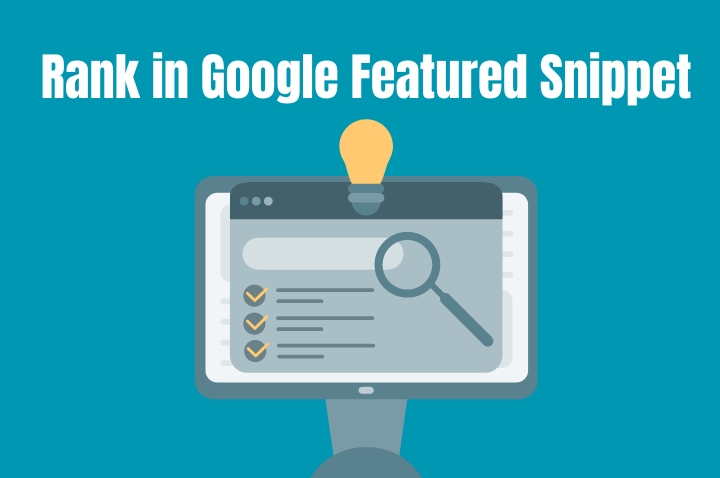In the fiercely competitive online world, website visibility reigns supreme. To stand out and attract valuable organic traffic, understanding and optimizing for featured snippets is essential. This blog serves as a definitive guide, uncovering the rise of Google featured snippets and offering actionable insights to secure the sought-after “Position Zero” on search engine results pages (SERPs), boosting your website’s visibility and driving meaningful engagement.
What are Feature Snippets?
Featured snippets in Google are concise, highlighted snippets of information that appear at the top of search engine results pages (SERPs) in response to user queries. They aim to provide users with direct, relevant answers to their questions without requiring them to click on a specific website.
These snippets are prominently displayed, often in a box format, and can include text, images, tables, or lists. By offering instant, authoritative information, featured snippets enhance user experience and establish a website as a trusted source of knowledge.
Types of Feature Snippets Shown by Google
There are 6 types of Google’s featured snippets, it come in various formats, designed to provide users with quick and concise answers to their queries. Understanding the different types of featured snippets can help you optimize your content effectively and increase your chances of securing the coveted position zero in search engine results.
-
Paragraph Snippet:
This type of featured snippet presents a brief paragraph of text extracted from a relevant webpage, directly answering the user’s query. It aims to provide a comprehensive overview of the topic at hand.

-
Bullet Points Snippet:
Bullet point snippets showcase concise, key points extracted from a webpage. They offer a quick and scannable summary, highlighting the main ideas or steps related to the user’s query.
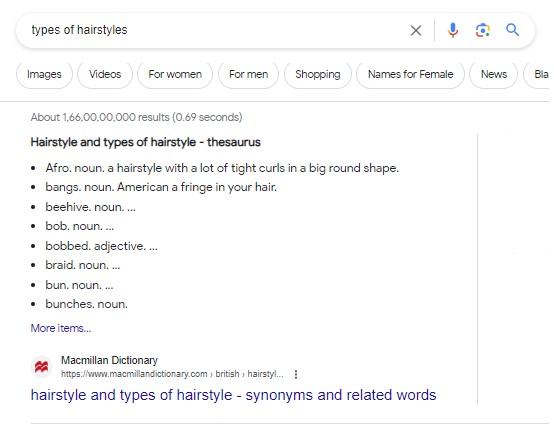
-
Table Snippet:
Table snippets organize information in a tabular format, allowing users to compare and contrast different elements or data points. These snippets are commonly used to display data, specifications, or other structured information.
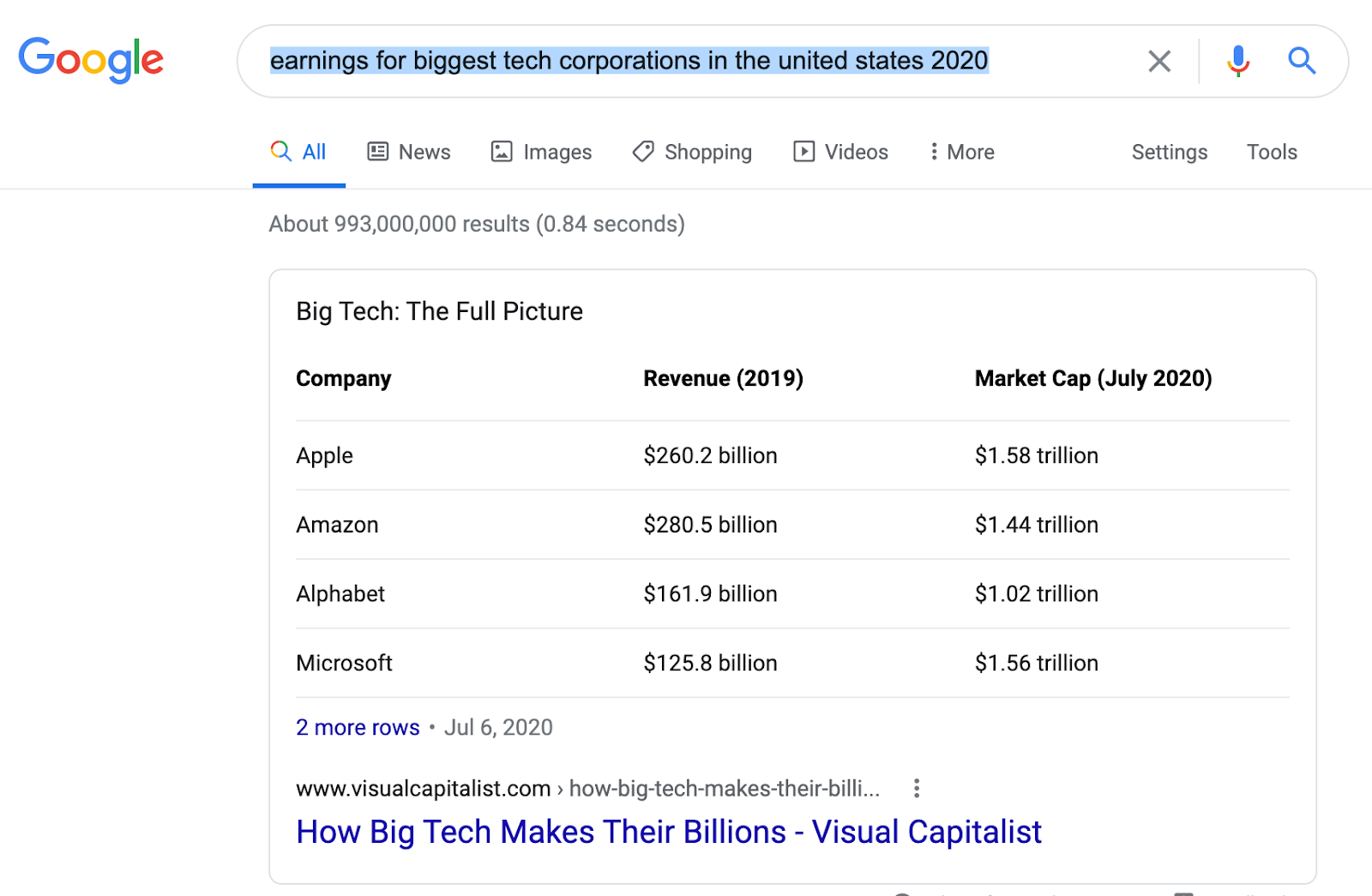
-
Numbered List Snippets:
Similar to bullet points, numbered list snippets provide a sequential breakdown of steps or items relevant to the user’s query. They offer a clear and structured presentation, making it easy for users to follow instructions or explore a series of related items.
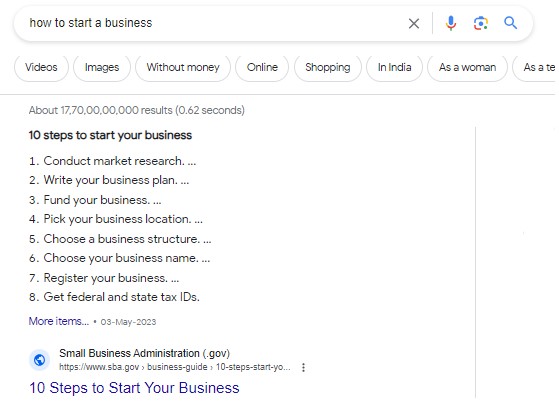
-
Video Snippets:
Video snippets feature a thumbnail image from a relevant video and a brief description. When clicked, they direct users to the video source, such as YouTube. These snippets are useful for queries that require visual or interactive content.

-
People Also Ask:
This dynamic snippet appears as a series of related questions related to the user’s query. When clicked, each question expands to reveal a concise answer. People Also Ask snippets allow users to explore further and obtain more specific information related to their initial query.
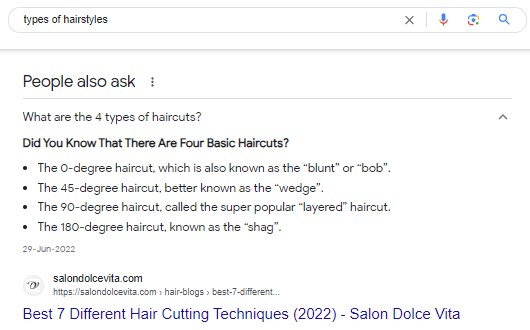
Importance of Featured Snippets for SEO
Featured snippets have become a game-changer in the realm of SEO, offering numerous benefits for websites aiming to enhance their online presence. Understanding the importance of featured snippets can help you leverage their power to drive organic traffic and establish authority in your industry.
-
Increased Visibility:
Securing a featured snippet means occupying the coveted “Position Zero” at the top of SERPs. This prime real estate allows your content to stand out prominently, capturing user attention even before they explore other search results. It significantly increases your visibility and brand exposure, leading to greater organic traffic and brand recognition.
-
Enhanced Click-Through Rates:
Featured snippets provide users with concise answers to their queries, eliminating the need to click through to a specific website. However, paradoxically, this can actually boost click-through rates. When users find the snippet helpful but desire more comprehensive information, they are more likely to click on the source link, driving increased traffic to your website.
-
Authority and Credibility:
Appearing as a featured snippet positions your website as an authoritative source in your niche. Google’s selection of your content as the most relevant and valuable answer instills trust and credibility among users. Being featured not only establishes your expertise but also enhances your brand reputation, potentially leading to increased engagement, backlinks, and industry recognition.
How to Rank Content for Featured Snippets
Ranking content for featured snippets requires a strategic approach that aligns with search engine algorithms and user intent. By implementing the following techniques, you can increase your chances of securing a featured snippet position and attracting valuable organic traffic.
-
Rank in Top 10 Pages:
Aim to have your content rank on the first page of search results as Google tends to select featured snippets from these top-ranking pages. Focus on improving your content’s overall ranking through quality backlinks, targeted keywords, and user engagement signals.
-
Optimize Heading for Question Words:
Craft headings that incorporate question words like “What,” “How,” or “Why” to match user queries. By aligning your headings with common question formats, you increase the likelihood of Google recognizing your content as a direct answer and featuring it in the snippets.
-
Focus on Long-Tail Keywords:
Target specific, longer phrases known as long-tail keywords. Research and incorporate these keywords into your content to match niche queries and increase the relevance of your information to users’ specific search intent.
-
Provide Clear and Concise Answers:
Ensure your content directly addresses the query in a clear and concise manner. Use bullet points, tables, or numbered lists to present information in a structured format that is easy for both users and search engines to understand.
-
Create Content around User Intent:
Understand the underlying intent behind user queries and create content that precisely addresses their needs. By aligning your content with user intent, you increase the likelihood of being selected for featured snippets.
-
Create a Good Content Structure:
Organize your content hierarchically with headings, subheadings, and sections. This helps search engines comprehend the context and relevance of your content, making it more likely to be chosen for featured snippets.
-
Include Relevant Images and Visuals:
Enhance the visual appeal and comprehensibility of your content by incorporating relevant images, charts, or infographics. Visual elements not only engage users but also increase the chances of being selected for image or video snippets.
-
Use Structured Data:
Implement structured data markup, such as Schema.org, to provide explicit information about your content to search engines. This helps search engines understand and categorize your content, improving its visibility for featured snippets.
-
Avoid Using Brand Names:
Minimize the excessive use of brand names in your content when targeting featured snippets. Google often prefers displaying neutral, unbiased information in featured snippets. By reducing brand-specific language, you increase the likelihood of being selected.
Conclusion
The rise of featured snippets presents a valuable opportunity for businesses to optimize their content for position zero on search engine results pages. By providing concise and informative answers to user queries, companies can enhance their visibility and establish themselves as authoritative sources of information.
To capitalize on this trend, businesses can rely on the SEO expertise of 1702 Digital. With their extensive knowledge in content creation and search engine optimization, 1702 Digital is adept at producing rich and relevant content that not only captures the attention of search engines but also engages and informs the target audience. Their strategic approach, combined with their commitment to excellence, makes them a trusted partner in helping businesses succeed in the competitive digital landscape.

